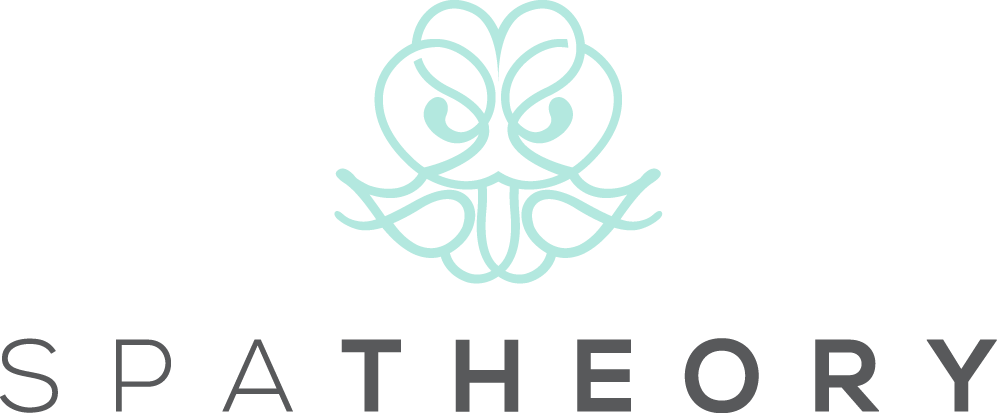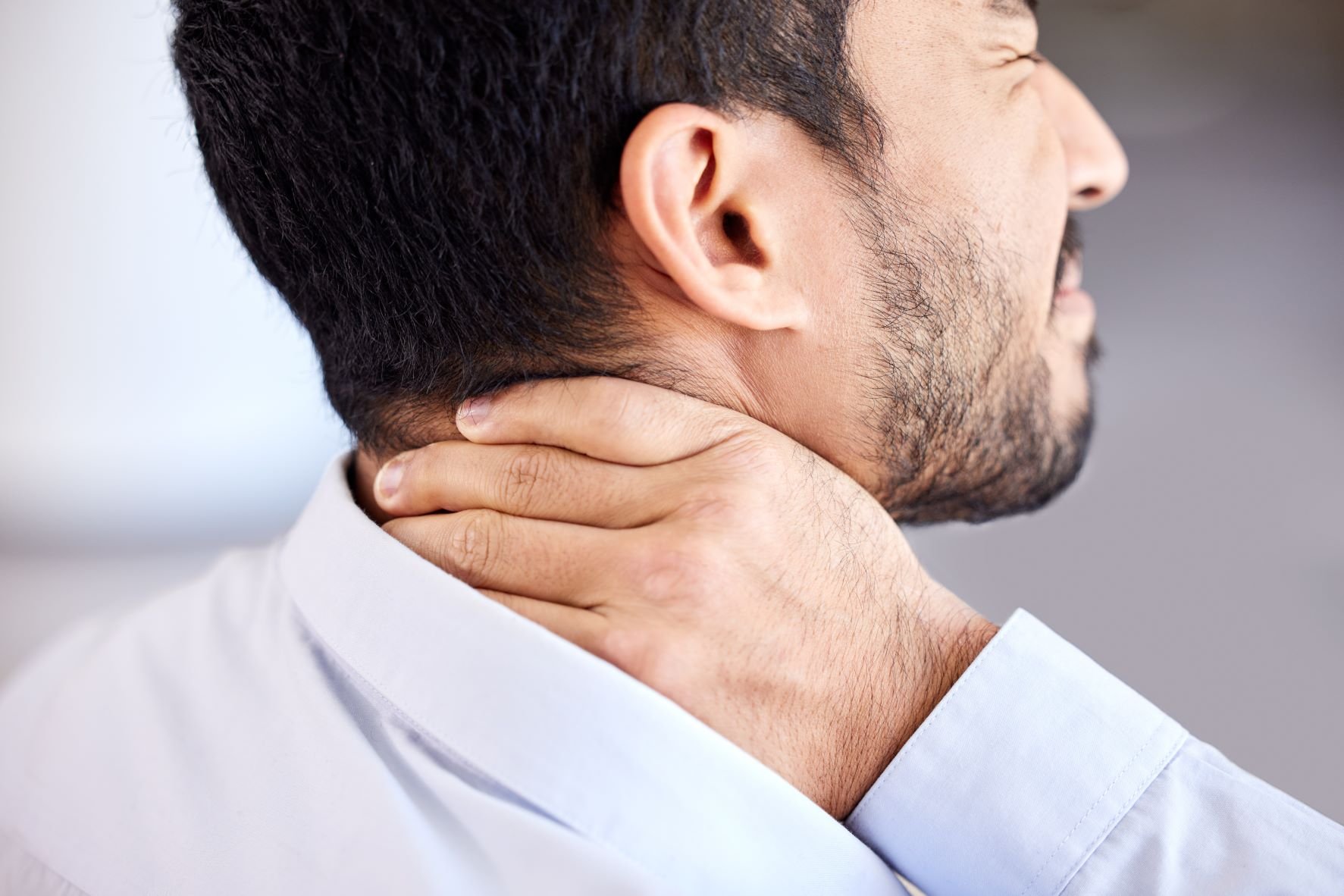Massaging Strained Muscles: What You Need to Know
Whether you've been lifting heavy weights in the gym or simply overexerting beyond your usual physical capacities, a strained muscle is one of the most common, non-serious injuries that you can experience during exercise.
While some might advise the use of home remedies such as ice and heat on the affected area, massaging the muscle can also be an incredibly effective remedy for relieving pain and tension. However, it’s important to understand how to massage a strained muscle in order to prevent further injury and help aid recovery.
In this blog, we're going to take a look at the benefits of massaging a strained muscle, how to do so effectively and safely, and when to speak to a doctor. Let's take a look!
What causes strained muscles?
Strained muscles can occur when the muscle is overstretched or goes through heavy exertion beyond its typical level; this can be through activities such as lifting heavy objects, exercising too intensely, or even from a sudden sprain or twist of the muscle.
Chances are you've already experienced a strained muscle at some point in your life, whether it be from sleeping at a funny angle or overexerting yourself in the gym.
What are some signs that I have strained a muscle?
One of the most common signs of a strained muscle is pain, tightness or discomfort when moving the affected area. In some cases, you may even feel a popping or tearing sensation when the strain occurs - this will often be the case if your muscle strain was caused by intense or strenuous exercise. Other signs of a muscle strain include swelling and bruising around the area, as well as a limited range of motion.
A typical strained muscle won't usually cause severe pain or cause discomfort during rest; if you experience extreme pain even when the muscle isn't in use, this could be a sign of a more serious injury. Do also note that if your muscle strain doesn't improve after a few days, it's always wise to seek medical attention from your doctor or physical therapist - you may require further treatment or medication to ease the pain and speed up recovery.
Should you massage a pulled muscle?
So, is it good to massage a pulled muscle? The short answer is yes! Whether you opt for a professional massage - such as our mobile massage in Atlanta - or do it yourself, massaging a strained muscle can be beneficial for your recovery in the following ways:
Increase blood flow
Massaging a strained muscle helps to increase blood flow to the muscle, which in turn helps to reduce inflammation and break up any scar tissue or knots in the muscle; studies have also shown that improved blood flow helps to increase muscle temperature, resulting in improved muscle elasticity and flexibility.
Endorphin release
Massaging a strained muscle is also beneficial in helping to promote the release of endorphins. Endorphins act as your body’s own natural painkiller, and can help you to reduce discomfort without the inclusion of pharmaceutical medications.
Loosen muscles
Massaging a strained muscle can also help loosen up the muscle itself; muscle tightness is a common natural response to muscle strain, as the body attempts to protect and prevent further injury. Massaging can help reduce this tightness, allowing you to move around more freely and reduce pain during recovery.
Reduce stress and tension
Aside from the physical benefits, massage therapy for muscle strain also helps to reduce elevated levels of mental and emotional stress, both of which can negatively impact physical recovery. Plus, if you're a keen fitness enthusiast, or if you perform daily exercise for your mental health and wellbeing, we understand that being unable to exercise as normal can be distressing. A massage can release this tension while also improving your mood.
How to massage a strained muscle
So, what's the best way to massage a strained muscle to aid recovery? Here are some top tips for ensuring safety and efficiency when using massage therapy to treat a muscle strain:
Wait 72 hours
It's important to note that you should never massage a strained muscle that hasn't been given 72 hours to rest. Massaging a freshly-strained muscle can actually increase inflammation and even cause further injury, so be sure to wait at least three days before attempting any massage therapy. You should also avoid using any heat or ice on the muscle during this time - simply let the muscle rest for a few days before attempting any treatments.
Use basic massage techniques
When massaging a strained muscle, it's best to use two basic methods: effleurage (light stroking) and petrissage (kneading), both of which are fairly simple and straightforward techniques. For effleurage, use your hands to make slow, gentle strokes up the muscle in one direction; this helps to relieve tension in the muscle, while also promoting relaxation.
For petrissage, you'll want to knead the area with your fingers in an alternating pattern - think of it as kneading dough! If you experience any tenderness when using kneading techniques, you should switch back to effleurage techniques until the discomfort improves.
It’s important not to add too much pressure when performing any kneading over the affected area; improper technique can result in bruising after a massage.
Enlist the help of a pro
If you want to ensure safety and efficiency of your massage therapy, enlist the help of an expert to perform the massage for you. At Spa Therapy, we bring the massage table to you, so it's the perfect option if you're resting up your muscle strain at home.
Massage therapy for strained muscles: tips and tricks
If you're going to be massaging your own strained muscle at home, here are some of our top tips and tricks from our professionals:
Use your hands or fingers instead of any massage tools; if you choose to use a product such as oil or cream, ensure they are specifically designed for massage therapy.
Begin with gentle stroking motions. If touching the affected area causes pain, apply light pressure using only the tips of your fingers.
Massage the entire area surrounding the strain to improve circulation; focus on tender spots for longer periods of time.
Listen to your body; if anything causes you pain or discomfort, stop immediately and continue resting. Speak with a doctor if your muscle strain persists for more than five days.
The bottom line
Overall, massage therapy can be a highly effective way to treat muscle strain, whether you sustained your injury through sports or simply through heavy lifting. With the right techniques, massaging the area can reduce inflammation, increase blood flow, and release endorphins, while also reducing stress and tension - all essential components of a successful recovery!

